The C major scale on the guitar consists of seven notes: C, D, E, F, G, A, and B. It’s often considered the most basic & essential scale to learn in music theory because it contains only natural notes (no sharps or flats) and serves as a reference point for understanding other scales and chords.
Learning scales is crucial for any musician, as they provide the building blocks for melody & harmony in music. Understanding scales can help you develop your ear for music and improve your ability to improvise, compose, and perform.
In this article we’ll cover some of the basics of the C major scale, related chords, and songs that use the C Maj.

Basic Music Theory
Major Scales
The formula for all major scales is the same & follow a specific sequence of whole and half steps (W or H) between each note. The formula for all major scales is:
W-W-H-W-W-W-H
To apply this formula, you start with the root note and then move up the sequence of steps, applying sharps or flats as necessary based on the key signature.
C Major Scale Notes & Intervals
For example, to create the C major scale using this interval formula, you start with the note C as the root and apply the sequence of whole and half steps mentioned above:
C (W) D (W) E (H) F (W) G (W) A (W) B (H) C
This gives you the notes of the C major scale: C, D, E, F, G, A, and B. Because the C major scale has no sharps or flats.
To reiterate, if you go up a whole step from C, you get D, and if you go another whole step from D, you get E, then a half step up from E, you get F and so on.
Guitar Fingerings for the C Major Scale
2 Octave

Full Fretboard (All C Major Scale Positions)

All Notes

C Major Guitar Chord
Here are 3 C major chords to try out which include several of the notes in the C Maj scale. If you need help reading these charts, check out our article on how to read guitar chord diagrams.
C Maj Version 1
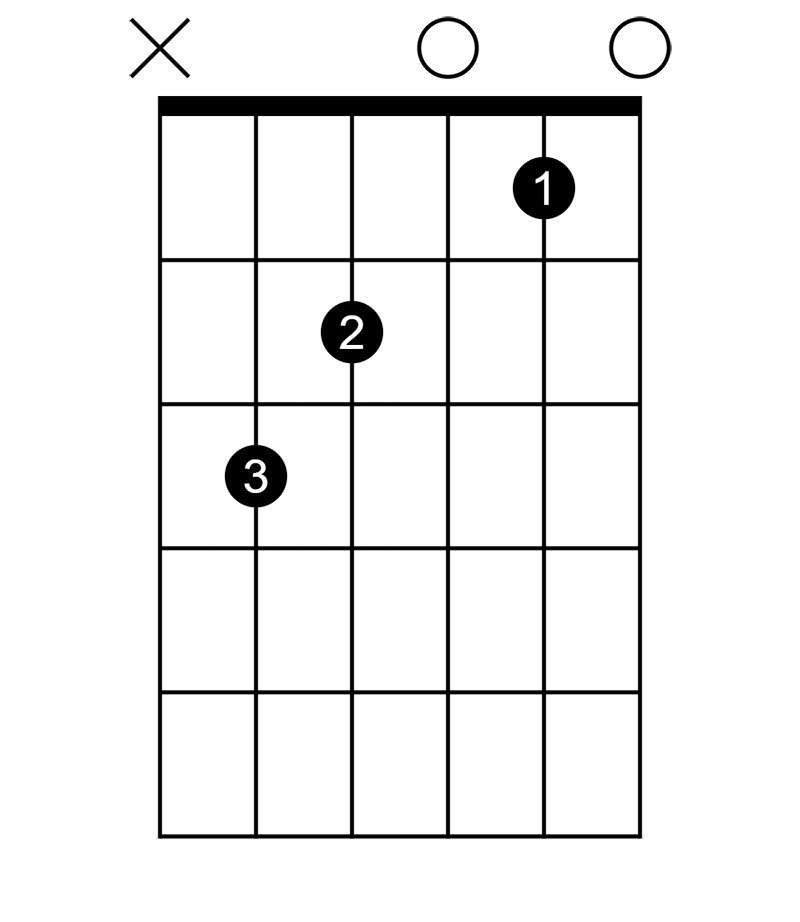
C Maj Version 2
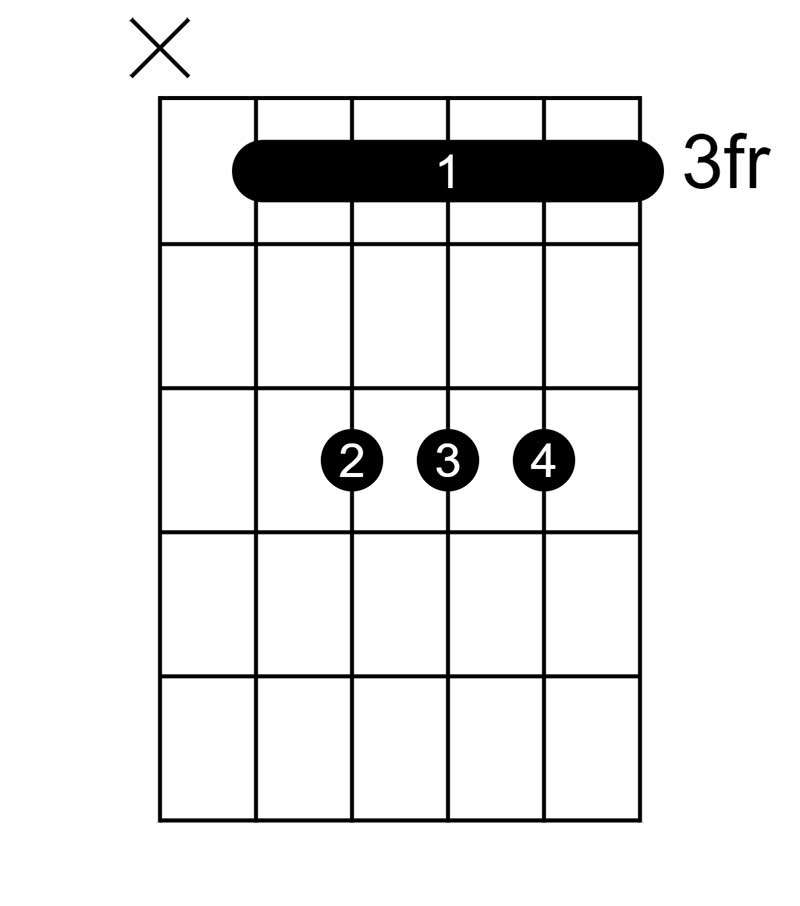
C Maj Version 3
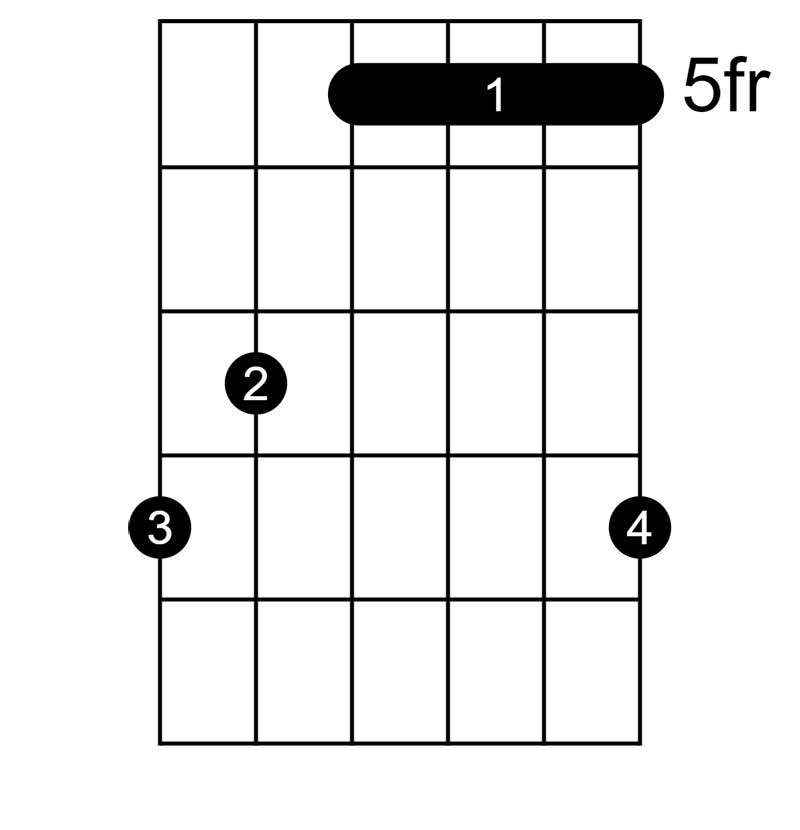
Related: 5 ways to play the C minor guitar chord
Complementary Chords To The C Major Scale
There are several chords that are complementary to the C Major scale. Here are some of them:
D minor (Dm)
The D minor chord is built using some of the same notes from the C Major scale, making it a natural complement to the scale. It is often used as a chord progression in songs that use the C Major scale.
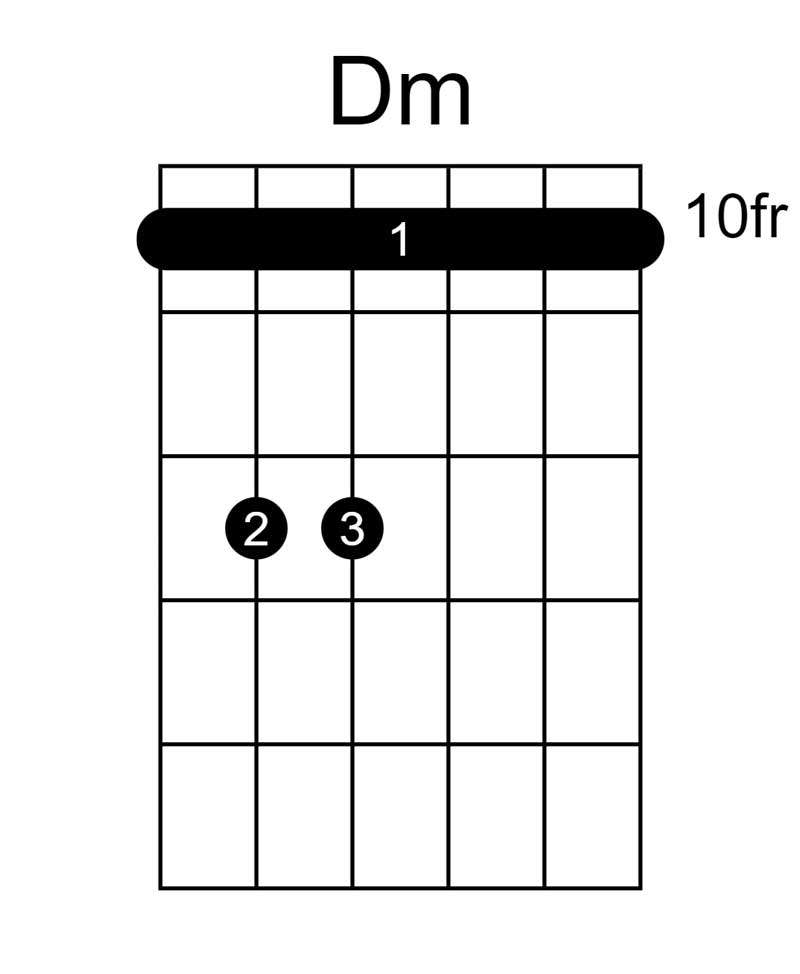
Related: Easy Ways To Play The Dm Chord!
E minor (Em)
E minor chord is another chord that is often used in songs that use the C Major scale. It is also built using notes from the C Major scale, specifically the second and fifth notes.
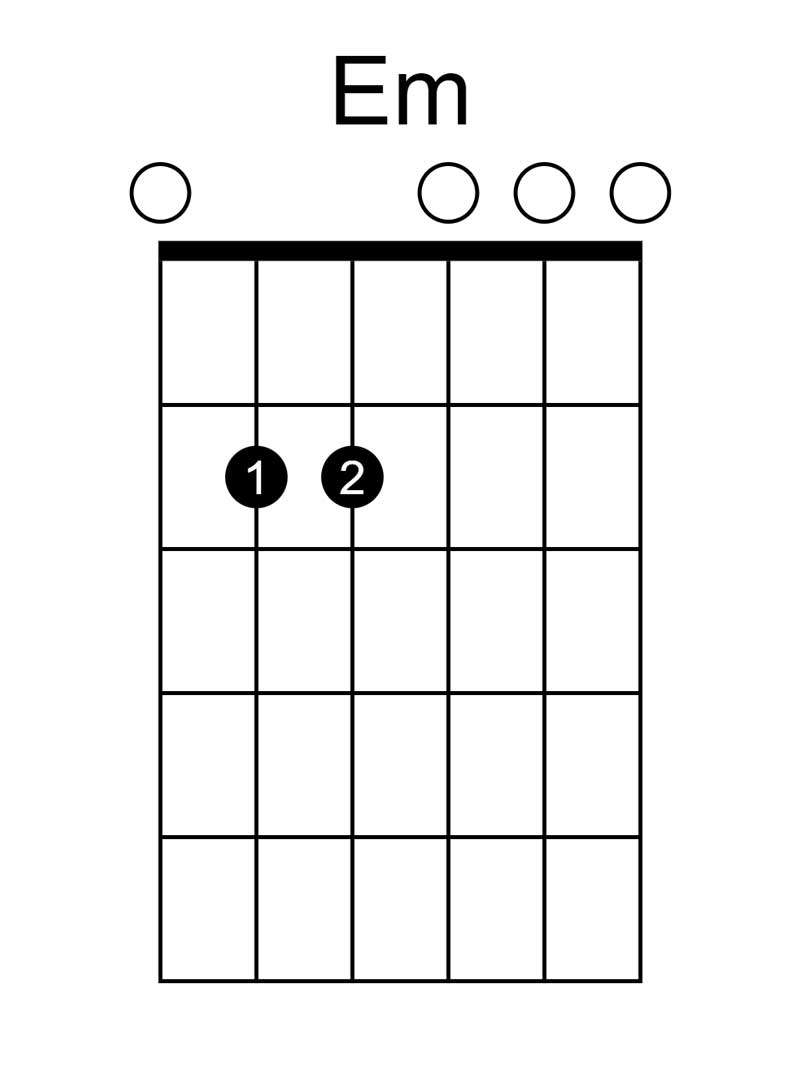
F Major (F)
F Major chord contains C Major scale notes (the fourth), making it a complementary chord. It is often used in chord progressions alongside the C Major chord.
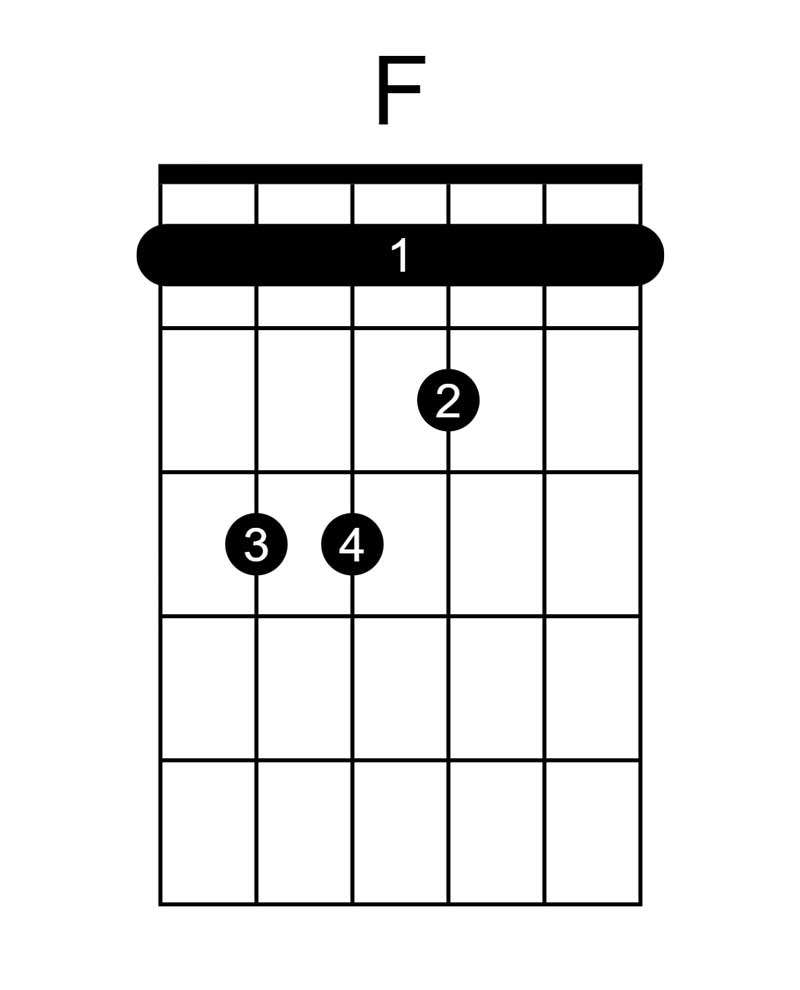
Songs That Use The Guitar Scale C Major
There are many songs that use the C Major scale, either in the melody or the chord progression. Here are a few songs to explore:
“Imagine” by John Lennon
This entire song is played using the C Major scale, and it features a simple, memorable melody that is instantly recognizable.
“Sweet Child O’ Mine” by Guns N’ Roses
Here, the verse of the song features a chord progression that uses the C Major scale, specifically the C, G, Am, and F chords.
“Tears in Heaven” by Eric Clapton
Its chorus features a melody that uses the C Major scale, specifically the notes C, D, E, F, and G.
The A Team” by Ed Sheeran
The entire song is played using the C Major scale, and it features a memorable melody & chord progression.
“Hey There Delilah” by Plain White T’s
The verse of the song features a chord progression that uses the C Major scale, specifically the C, G, Am, and F chords.
Frequently Asked Questions
How do I identify the root note in a chord or a scale?
In a chord, the root note is the note that gives the chord its name and is usually the lowest note in the chord.
For example, in a C Major chord, the root is C, which is the note that gives the chord its name. In a G7 chord, the root is G.
In a scale, the root note is the note that the scale is built around and is usually the first note in the scale.
For example, in the C Major scale, the root note is C, which is the first note in the scale and gives the scale its name. In the A Minor scale, the root note is A.
To identify the root notes in a chord or scale, start by looking for the note that gives the chord or scale its name.
If you’re not sure which note that is, look for the lowest note in the chord or the first note in the scale.
Once you have identified the lowest root note, you can use it as a reference point to identify the other notes in the chord or scale and to understand how they relate to each other.
What are the chords in C major scale?
The chords in the C Major scale are:
C major (I)
D minor (ii)
E minor (iii)
F major (IV)
G major (V)
A minor (vi)
B diminished (vii°)
The Roman numerals in parentheses indicate the degree of the scale on which each chord is built.
The uppercase numerals represent major chords, while the lowercase numerals represent minor chords. The “vii°” symbol represents a diminished chord.
Is there 8 notes in C major scale?
There are 7 unique notes in the C major scale, but there are 8 notes in total, including the repeated higher C note that completes the octave. This is often a source of confusion for some people.
To clarify, the C major scale consists of the notes C, D, E, F, G, A, B. This makes a total of 7 unique notes, as each note is only played once in the scale. However, to complete the octave and return to the starting note of C, another C note is played at an octave higher.
So, while there are technically only 7 unique notes in the C major scale, there are 8 notes played in total. This can lead to confusion when counting the number of notes in the scale.
Why is C Major so popular?
C Major is a popular key because it’s one of the simplest keys for beginners to learn and play, as it uses only natural notes (no sharps or flats). This simplicity makes it a popular key for learning basic chords and scales on the guitar, piano, and other instruments.
Secondly, C Major is a versatile key that works well with many different musical styles and genres. It’s often used in pop, rock, folk, and classical music, among others.
Finally, C Major has a bright and cheerful sound that can evoke feelings of happiness and positivity. It’s often used in music that has an uplifting or joyful theme, such as children’s songs or holiday music.
